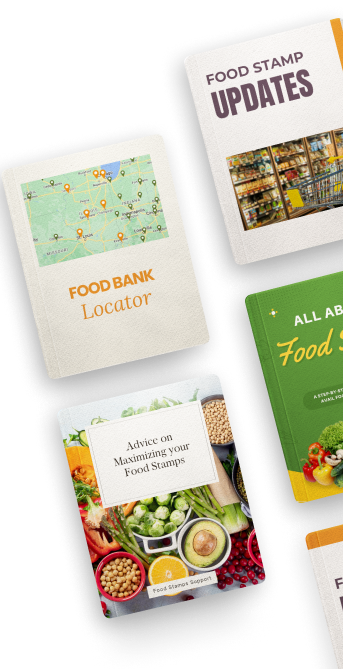Nursing and Looking to Boost Your Milk Supply? Try These Foods First
There is nothing quite as frustrating as a nursing mom as dealing with an inadequate milk supply. There can be a number of reasons that may be bringing your milk supply down. The good news is that there are things that you can do to help to stimulate your body's production of breast milk so that your baby has all that it needs to grow and thrive.
Here are six of the best foods to add to your diet if you are looking to increase your supply of breastmilk.
Fenugreek
While some say that consuming fenugreek to boost milk supply is simply an old wives tale, other people swear by these little seeds. The estrogen compounds are purported to increase milk supply. The most common ways to get more fenugreek into your diet is through the use of supplements or with fenugreek tea. Beware that some moms report a higher incidence in gassiness with infants when they ingest fenugreek.
Fennel
Somewhat related to fenugreek is fennel. Like fenugreek, fennel boasts a high amount of estrogen-like compounds. These crunchy seeds can be sprinkled over a variety of savory foods. Or you can try the fennel in whole vegetable form. The entirety of the bulb, stalk, and the leaves of the plant are edible. Try adding them to your next soup or stew for an extra infusion of flavor.
Garlic
Whole Grains
Regardless of if you are nursing or not, you should always be intentional about getting plenty of whole grains into your diet. Whole grains offer a host of nutritional properties that also benefit breastfeeding moms as they support the hormones that are needed to produce breast milk. Oats are particularly helpful when looking to increase your milk flow. This is primarily because oats are exceptionally high in iron. Without proper iron stores, women are not able to produce as much breast milk. Other grains to add to your diet include brown rice, barley, and whole grain pasta.
Dark Green Vegetables
Now is not the time to cut back on your intake of dark green and leafy vegetables. This type of produce features an abundance of phytoestrogens, the compound responsible for raising breast milk production. These vegetables are also full of calcium, another necessary component for your body to make sufficient stores of breast milk. Good choices include lettuce, spinach, kale, and broccoli. The bottom line is that dark green and leafy vegetables are simply good for you overall.
Nursing Teas
While it may seem like just a marketing ploy, many nursing mothers report great success in increasing milk supply when drinking teas formulated for lactating women. These teas are made with ingredients commonly recognized as being useful in boosting milk production. You will find teas that focus on one particular herb or versions that combine a group of herbs to support lactation. The most common herbs that you may find in breastfeeding teas include fennel, fenugreek, blessed thistle, and milk thistle. In addition to delivering these herbs, the teas are also comforting and warm. This alone can help to relax you as you prepare to nurse your little one.
If none of these foods are working for you, you will likely find help by consulting with your personal physician, your child's pediatrician, or a trained lactation consultant. It also may be an issue with the baby's sucking reflex that is causing your supply to lag. Seeking help from a variety of sources will help you to pinpoint the issue with greater accuracy.












